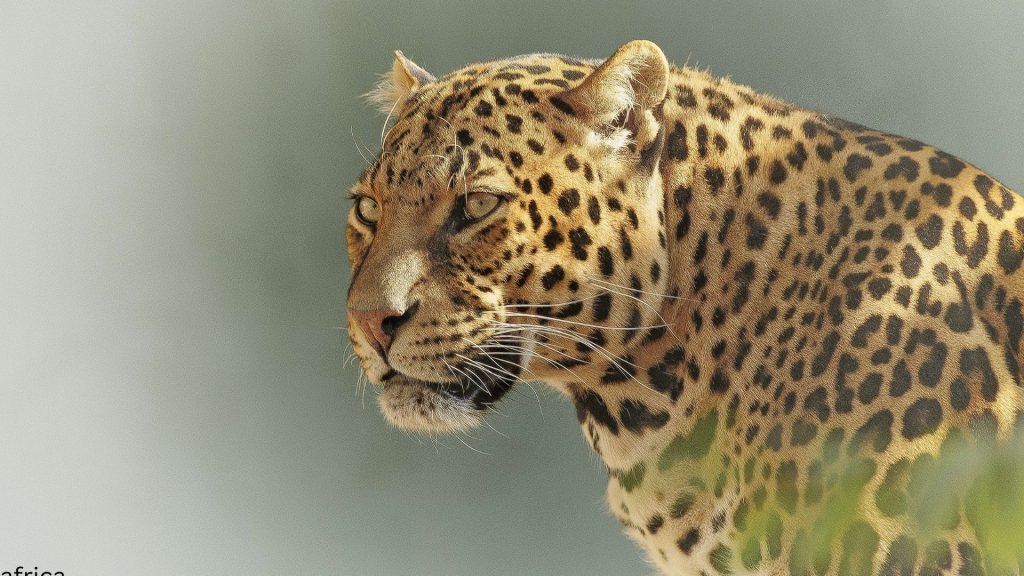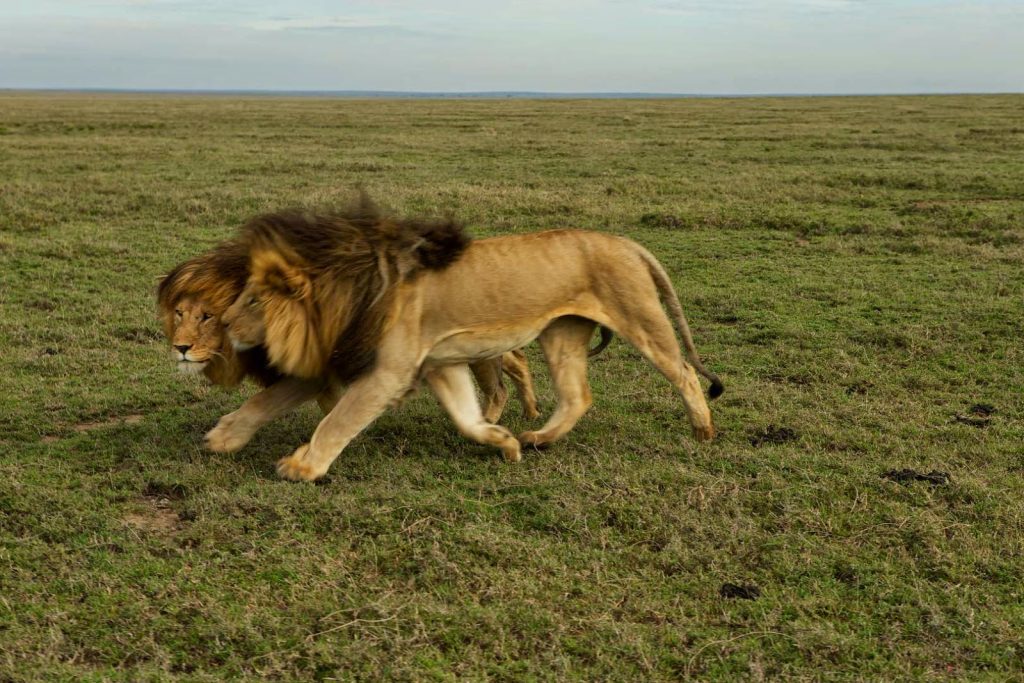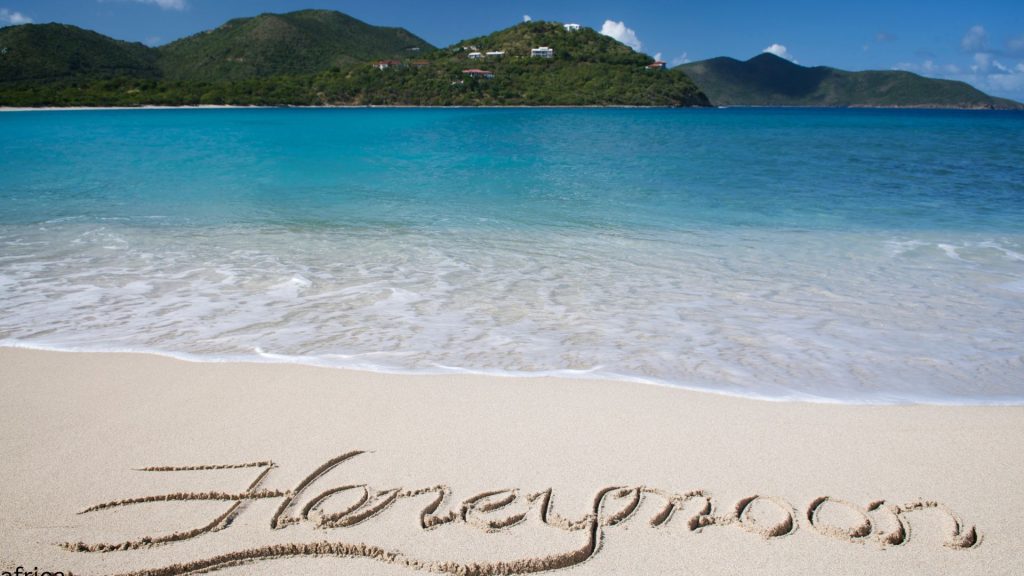Movies To Watch Before Going On Tanzania Safari
Savage Harvest (1981)
Robert Collins, the director, tries to portray the perils faced by African communities living in remote locations, particularly those of marginalized communities living in rural areas who face the threat of being attacked by natural predators. Collins describes the struggle faced by Mr. Casey’s family as they attempt to avoid being ambushed by a pride of lions and escape a sticky situation. But compared to the realities faced by the Maasai community in Kanjiro, close to the Ngorongoro Conservation Area, the issues that the characters in Savage Harvest reveal are nothing. They must daily coexist with lions and other natural predators because their settlements are now part of the Ngorongoro ecosystem. The main difference between camping and life in Kanjiro is that camping is typically temporary and security precautions are taken to avoid real danger.
Siri ya Mtungi (2013)
The first movie that comes to mind when discussing a Swahili film that accurately depicts the way of life of Tanzanians from the coastal region is Siri Ya Mtungi. This real and provocative movie, which was shot in Bagamoyo and Dar es Salaam, won’t leave you indifferent. The fight against HIV/AIDS through the prevention of mother-to-child transmission is the main theme of Siri ya Mtungi. Other themes include the spread of sexually transmitted diseases and infections, drug trafficking, and thug life. The film also depicts the culture of the local populations in coastal regions, including traditions like polygamy and the Taarab song. Despite having a stunning wife named Chausiku, photographer Juma Cheche from Mtungi Studio is revealed to be a womanizer. He would have relationships with local women, but after realizing the risks to himself and his family, he decided to change his ways and get checked out. Not only does the character learn about HIV/AIDS issues, but so does the audience as a whole.
The White Maasai (2005)
A well-educated Swiss woman who lives in a remote part of Kenya falls in love with a poor Maasia warrior (Moran) in this story of love at first sight. They have never met and speak different languages, yet they decide to get married. When a bad truth is revealed, the relationship fails. Many young people in Tanzania are currently attempting to date white visitors who are coming for tourism, especially in tourist destinations like Arusha and Kilimanjaro. They think the foreigner will save them and make their problems go away.
Nairobi Half-Life (2012)
One of East Africa’s most reputable young actors, Joseph Wairimu (Mwas), stars in Nairobi Half-Life. Wairimu depicts the lives of young people who aspire to succeed in the media industry, particularly in filmmaking and production, and who consequently choose to visit Nairobi in order to discover their potential. However, after meeting Oti, who will eventually become his best friend, he finds himself getting involved in gang life in Nairobi. Mwas starts stealing and selling car parts, spends some time in jail, and all the other members of his crew are killed by police. This heartwarming movie sheds light on youth culture in major East African cities like Dar es Salaam, Arusha, and Mwanza, all of which are in Tanzania. Although many of the young people from these cities are not originally from those areas and initially moved there in search of employment, many of them end up joining gangs.
The Gods Must Be Crazy (1980)
When you first go to Tanzania and hear young people and children discussing the movies “Msandawee” or “Bushmen,” they are actually referring to Jamie Uys’ South African comedy “The Gods Must Be Crazy.” The main character of the movie is a jungle dweller in Africa. The main character, Xi, and his community members were living in the Kalahari Desert and were contently going about their daily lives because they had no knowledge of the outside world. However, their world was mysteriously upended when an unknown artifact—a Coca-Cola bottle—appeared. They had to hunt and kill animals to survive; in Tanzania, northern tribes like the Maasai, Hadzabe, Datoga, Meru, and Iraqw frequently live in the jungle. They have faith in gods and ancestors to protect them from predators and attacks from wild animals.
Apocalypse Pompeii (2014)
The most recent movie on the list makes up the details of a Mount Vesuvius eruption that occurs while Mr. Jeff Pierce’s family is visiting Pompeii. Mykaela Pierce, his daughter, uses her abilities to flee the catastrophe. However, Mykaela’s abilities alone are insufficient to escape the volcano’s danger, so her father must use all of his abilities to save the family and leave the danger area.
The events depicted in the movie aren’t too dissimilar from what happens when Mount Oldonyo Lengai erupts on a fairly regular basis in Tanzania, destroying significant amounts of land and the population of the communities that live alongside the volcano, which shares characteristics with Vesuvius.
Kijiji Cha Tambua Haki (2012)
The late Steven Kanumba and Kajala Masanja star in this movie, which shows the struggles endured by Tanzania’s marginalized rural communities and sends a message of responsibility to the populace. The village council responds negatively when community members begin to demand their rights, preferring for their villagers to remain ignorant of such things. They are subjected to torture, and things get worse.
The Snows of Kilimanjaro (1952)
The earliest movie on this list is this adaptation of an Ernest Hemingway short story, which Henry King directed in 1952 and centers on a couple who set out to climb Mount Kilimanjaro. Gregory and Susan’s trip to Mount Kilimanjaro, however, turns out to be a very challenging one because it is the highest mountain in Africa, covered in snow, and full of potential dangers. They have to avoid dangers like being harmed by natural plants or attacked by wild animals. Although Mount Kilimanjaro is the highest mountain in Africa, it is also one of the easiest volcanic mountains to climb, with very good weather and amiable porters whose job it is to ensure that visitors enjoy their trip to Tanzania and the climb to the peak. However, the content of the movie does not really reflect these positive aspects.
Blood and Oil (2009)
The British-Nigerian public relations representative for Krielsen International Oil Company, Alice, travels to the Niger Delta to represent the company during the hostage crisis, and her story is told in this movie. The Niger Delta oil discovery, which should have been a boon to the local communities but instead turned out to be more of a curse, is what caused the crisis. Only investors and government officials profit from the oil discovery in that region. The situation in Tanzania appears to be very similar; following the discovery of gas in Mtwara, tensions between the government and the indigenous population erupted, resulting in the burning of the House of Tanzania Broadcasting.
Trash (2014)
Three children, Rafael, Gardo, and Rat, are featured in this Brazilian film, and they find José Angelo’s wallet in the trash. They run into trouble with the police after finding the wallet because it contains vital information about a well-known city politician. But by the movie’s conclusion, the three children have succeeded in helping the neighborhood by outing the politicians’ waste and improper use of budgetary funds. Similar issues still exist in Tanzania, and if you choose to act like Rafael and his friends did, you run the risk of going to jail or getting hurt by the criminals you’re trying to expose.



